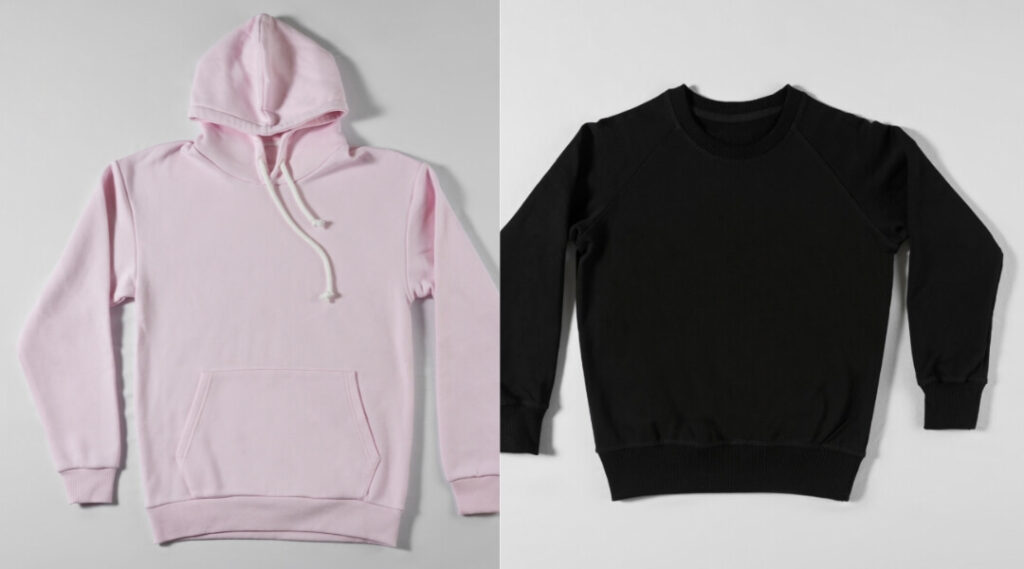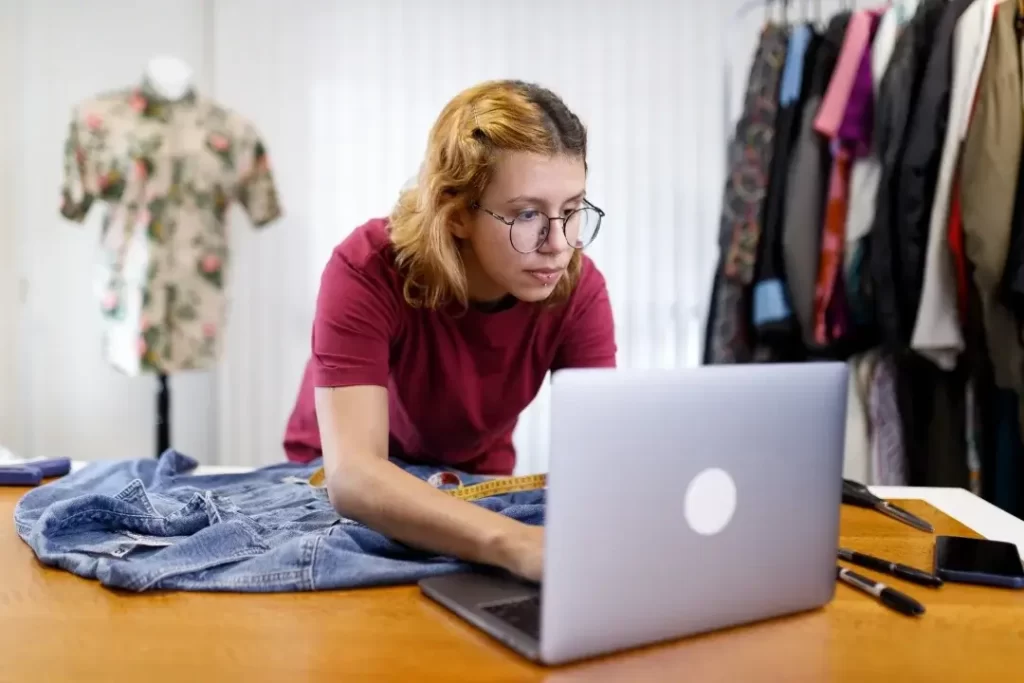Sublimation vs Screen Printing
The Ultimate Battle Between Sublimation vs Screen Printing: Discover Which One Is Perfect Option For Individual And Business Needs! “ The Most In-Depth Sublimation vs Screen Printing Comparison Guide You Can Ever Find Various printing methods are available for designing custom apparel, promotional items, and creating original art. Two popular techniques include sublimation and screen printing. While both ways can achieve vibrant, long-lasting results, they each possess unique qualities that suit particular projects. So today in this blog you will get an in-depth comparison between sublimation vs screen printing, ultimately helping you decide which method is the best fit for your creative endeavors. Quick Information In This Blog A Quick Introduction to Both Printing Methods: Screen Print Vs Sublimation About Sublimation It’s one of the most popular printing processes that involve transferring a design from a specially coated paper onto fabric using heat. This method causes the ink to turn into a gas, which then bonds directly with the fabric’s fibers, resulting in a durable and vibrant image. Process and Method The sublimation process begins with creating a digital design that is printed onto a special transfer paper using sublimation inks. And then transfer is placed onto the fabric, and heat is applied, usually with a heat press. This causes the sublimation inks to vaporize and bond with the fabric fibers. The final result is a smooth, fully integrated image that won’t fade or peel off. About Screen Printing This printing method is also known as silk screening and is a traditional printing process that uses a fine mesh screen and specialized inks to transfer a design onto a garment or other materials. Process and Method To begin the screen printing process, a design is separated into individual colours and transferred onto a separate screen for each colour. These screens are then coated with a light-sensitive emulsion. The design is placed onto the screen, and UV light is used to harden the exposed areas, leaving only the design area unexposed. The unexposed emulsion is then washed away, leaving a negative stencil on the screen. Ink is then pushed through the stencil onto the fabric, building the design one colour at a time. Once all the colours have been added, the garment is dried and cured, ensuring the ink is set and long-lasting. Detailed Comparison Between Sublimation Vs Screen Printing Materials Used Sublimation Printing Materials Special sublimation inks Sublimation transfer paper Heat press Polyester-based fabrics or coated substrates Screen Printing Materials: Sublimation Vs Screen Print Screen printing inks (typically plastisol or water-based) Screens and stencils Squeegees Light sensitive emulsion Various fabric types Sublimation Vs Screen Printing Quality And Durability Sublimation Printing Quality Achieves bright, vibrant colours Smooth image integration onto the fabric No noticeable texture difference Typically more resistant to fading and wear Screen Printing Quality Bold, crisp colours Can achieve better opacity on darker fabrics Noticeable texture difference due to ink layers High-quality prints, but may fade slightly with repeated washing and wear Techniques and Complexity Sublimation Printing Vs Screen Printing Sublimation Printing Techniques Involves creating a digital design and printing it onto sublimation transfer paper Medium to high complexity due to the need for specialized equipment and knowledge of the dye sublimation process Screen Printing Techniques Requires a more intricate process of creating stencils and separating designs into individual colours High complexity as skilled workers are often needed to ensure accurate colour registration and ink application Factors to Consider when Choosing an Option Budget : Dye Sublimation Vs Screen Printing Sublimation Printing Costs Initial setup cost with specialized equipment (heat press, sublimation inks, transfer paper) Material cost for the dye sublimation process may be higher, but the overall cost per print may be more effective for smaller orders due to less setup time and less waste. Screen Printing Costs Initial setup cost mainly for screens and emulsion Inks can be less expensive than sublimation inks. The labor-intensive process results in higher costs for smaller orders but can become cost-effective for bulk orders due to lower ongoing costs. Fabric Type and Compatibility Fabrics Suitable for Sublimation Printing Primarily polyester-based fabrics, as the inks require a specific type of material to bond properly Blends with high polyester content may also be suitable, but color vibrancy may be affected on lower polyester content fabrics. Fabrics Suitable for Screen Print Cotton, polyester, and blended fabrics with low polyester content Works well on both light and dark fabrics. However, the type of ink can affect the final output on certain fabric types More versatile in terms of fabric compatibility compared to sublimation printing Order Size and Turnaround Time Sublimation Printing for Bulk Orders Quicker production times due to a less complicated setup process Ideal for smaller batches or orders that require a smoother and more integrated design finish Screen Printing for Bulk Orders It can become more cost-effective as order size increases due to lower costs per print Ideal for larger batches, where a high level of detail or better colour opacity is required on darker fabrics. The process may be more labor-intensive, potentially resulting in longer turnaround times. Design Complexity and Color Options Sublimation Printing Design Capabilities Full-color, high-quality images with unlimited colours Smooth gradients and photo-realistic images are achievable Highly detailed and intricate designs without additional cost per colour Design size can be limited by the size of the heat press equipment Screen Printing Design Capabilities Limited colour options per design due to the need for individual screens and stencils Solid areas of colour and bold styles often produce better results Additional cost per colour can become expensive as design complexity increases Possible modifications or simplifications to full-colour images may be needed Pros and Cons Sublimation Printing Advantages Vibrant, long-lasting colours Suitable for complex designs with multiple colours and gradients No additional costs per colour Smooth touch, as the configuration is integrated into the fabric Ideal for the quick production of small batches Screen Printing Advantages Better colour opacity, especially on darker fabrics Suitable for various fabric types, including cotton and
Sublimation vs Screen Printing Read More »











